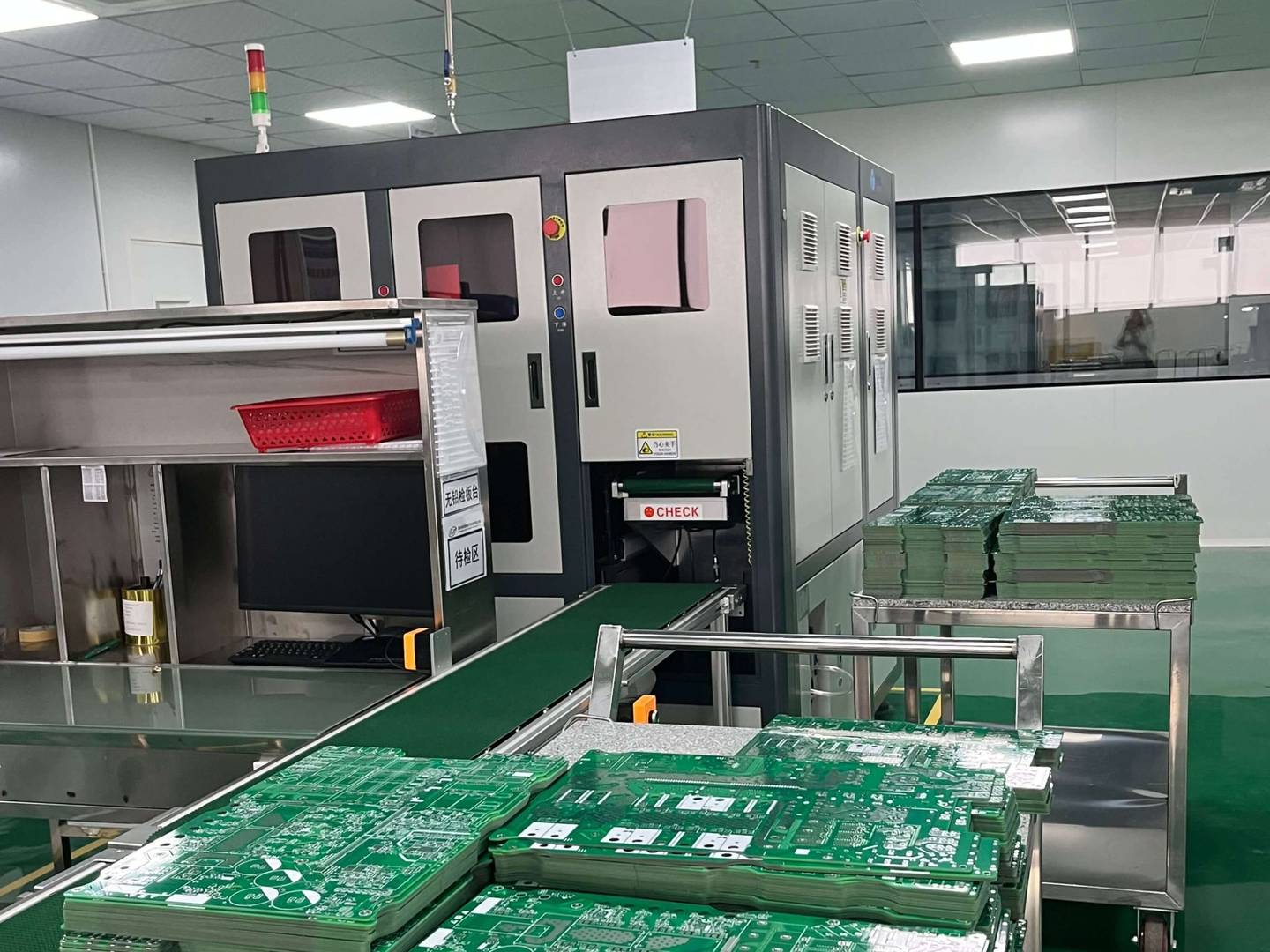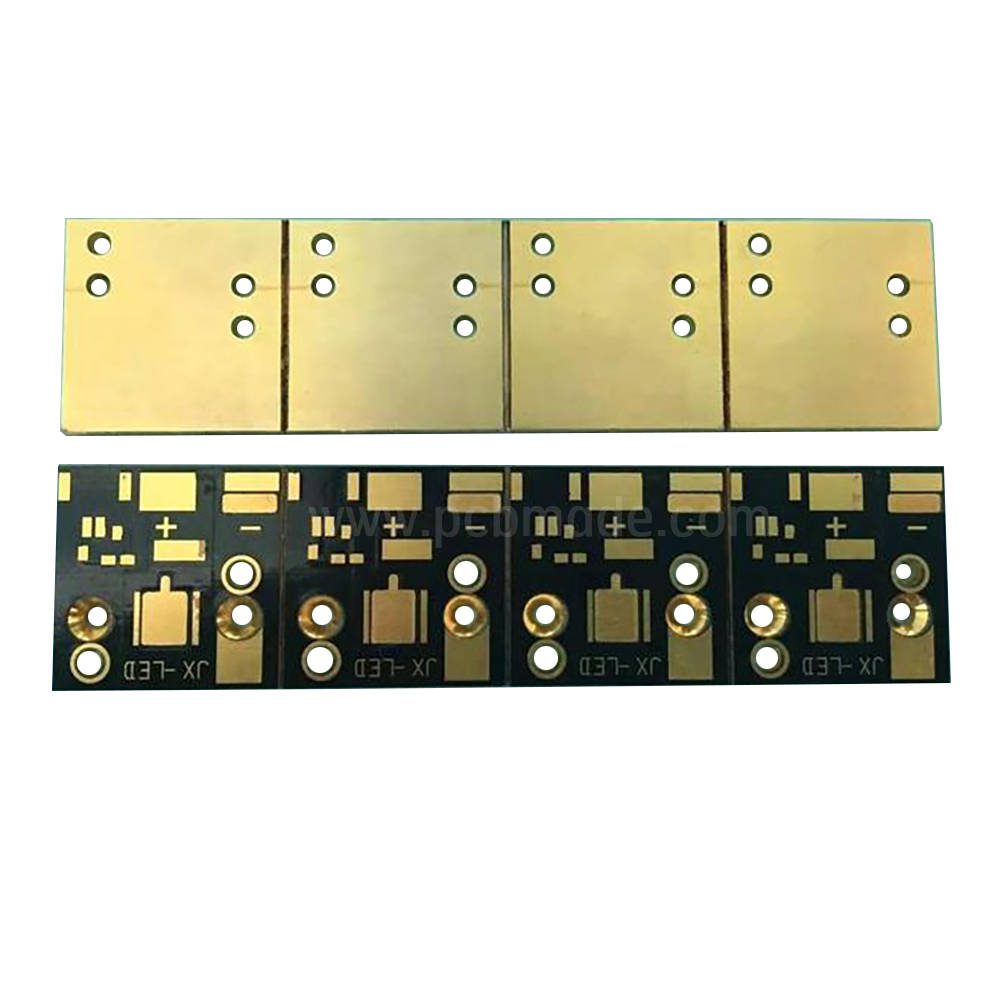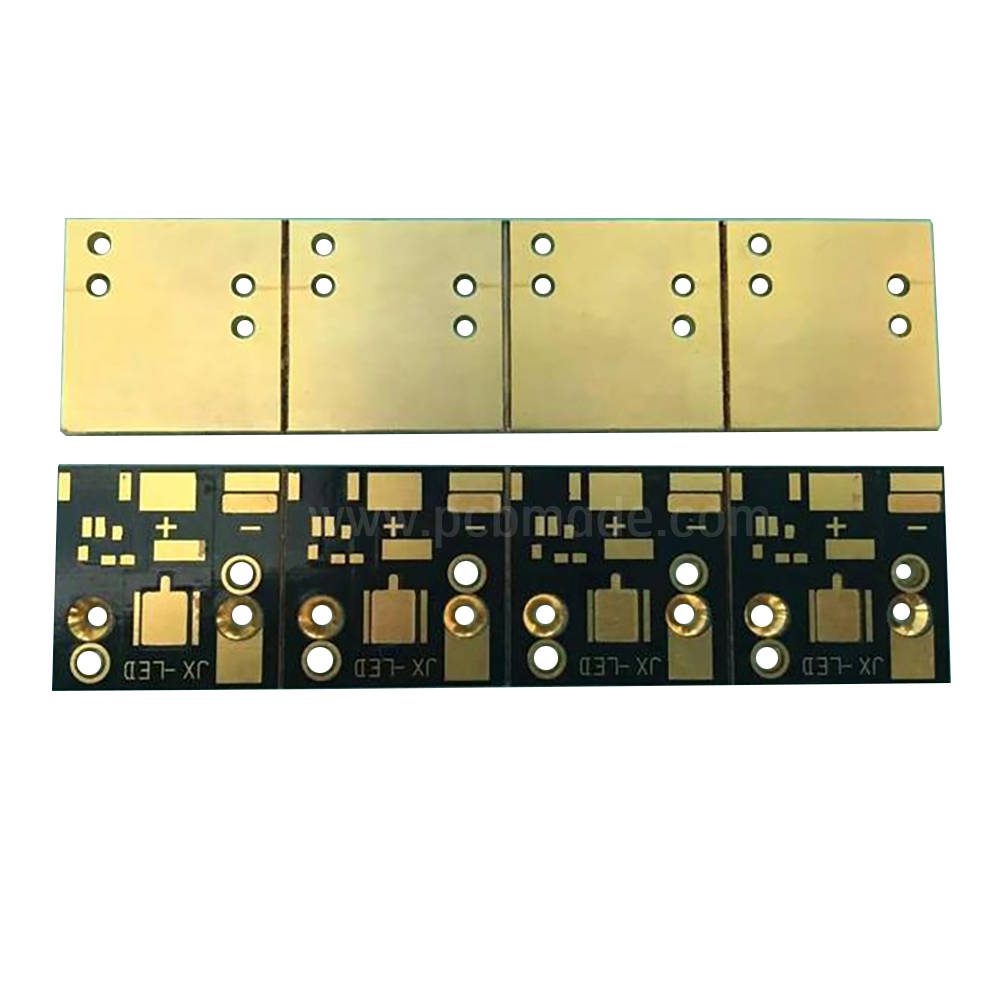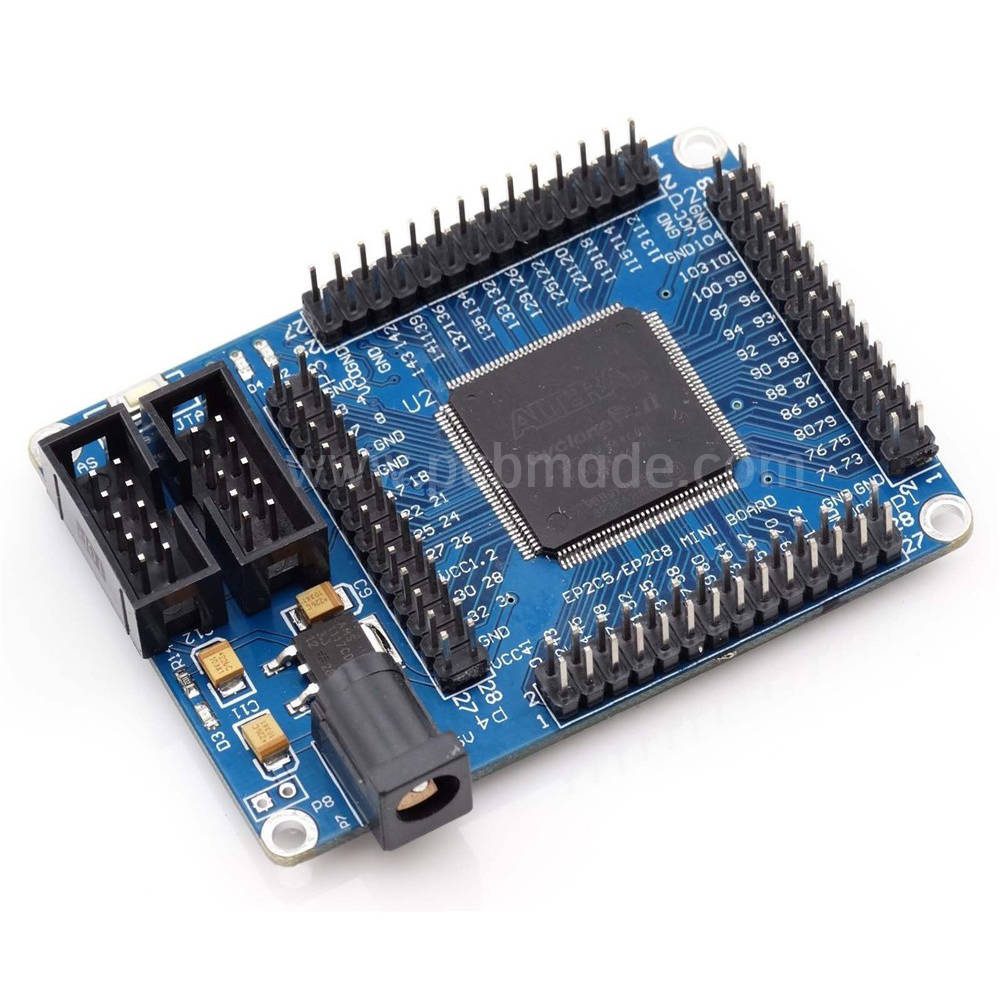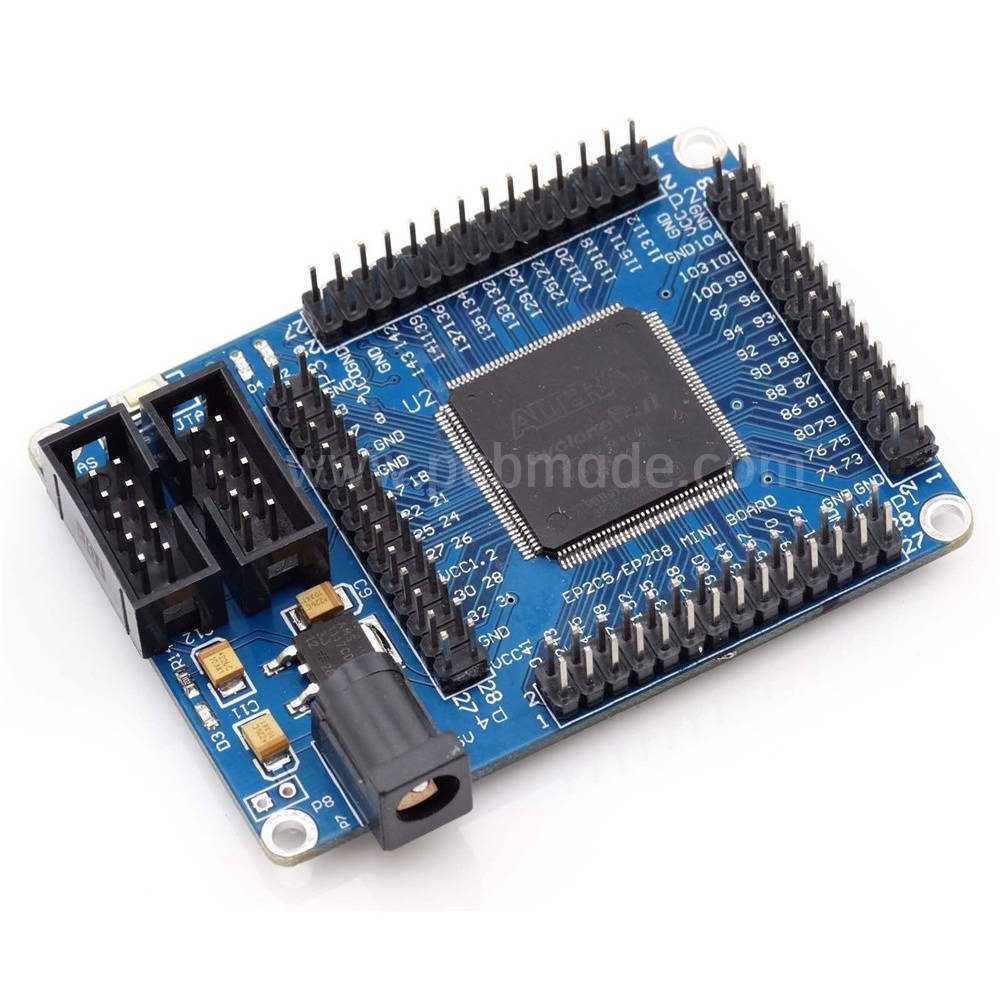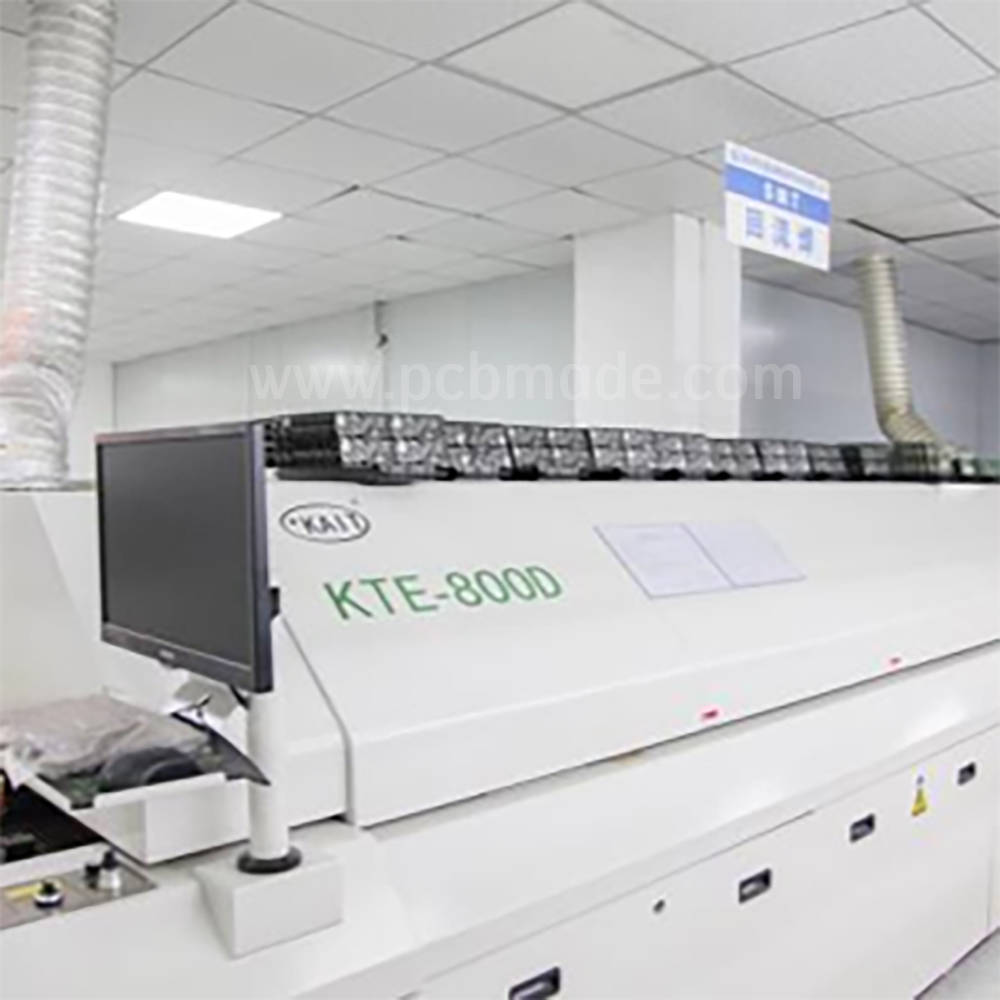In the design and manufacturing process of PCB, there is an important parameter – “thickness to diameter ratio”, which directly affects the mechanical strength, signal integrity, and feasibility of the manufacturing process of the circuit board. Next, let’s delve into what the thickness to diameter ratio of PCB means and how to calculate this key parameter.
Definition of PCB thickness to diameter ratio
The thickness to diameter ratio of a PCB, in short, refers to the ratio of the thickness of the conductive layer (usually copper foil) inside the circuit board to the thickness of the insulating substrate in the area where the conductive layer is located. The “diameter” here actually refers to “thickness”, therefore, the thickness to diameter ratio can be intuitively understood as the ratio of copper foil thickness (H) to insulation substrate thickness (T), that is, the thickness to diameter ratio=H/T.
Why is the thickness to diameter ratio important?
1.Mechanical strength: A higher thickness to diameter ratio means relatively thicker copper foil and/or thinner substrate, which can enhance the PCB’s bending resistance and overall mechanical stability, especially in applications that require high mechanical stress.
2.Heat dissipation performance: A thick copper layer can improve the current carrying capacity, which is beneficial for the conduction and dissipation of heat energy, especially for high-power electronic devices.
3.Signal integrity: In high-speed signal transmission, an appropriate thickness to diameter ratio helps reduce signal delay and impedance discontinuity, thereby improving signal quality.
4.Manufacturing process: Excessive thickness to diameter ratio may pose challenges to manufacturing processes such as drilling and electroplating, affecting yield and cost.
How to calculate the thickness to diameter ratio of PCB
Calculating the thickness to diameter ratio of a PCB is a direct process that follows the following formula:
[thickness to diameter ratio}=\ frac {\ text {copper foil thickness} {\ text {insulation substrate thickness}}]
Copper foil thickness (H): usually expressed in ounces (oz), 1 oz is approximately equal to 35 μ m (micrometers). Different thicknesses of copper foil will be selected according to the current carrying requirements during design.
Insulation substrate thickness (T): generally measured in millimeters (mm) or mil (1 mil=0.0254 mm). Different application fields and design requirements will choose substrate materials with different thicknesses.
For example, if a PCB uses 1 oz (approximately 35 μ m) copper foil and its substrate thickness is 1.6 mm, the thickness to diameter ratio of the PCB is calculated as follows:
[thickness to diameter ratio}=\ frac {35, μ m} {1.6, mm}=\ frac {35} {1600} ≈ 0.022]
The thickness to diameter ratio of PCB is an important parameter that needs to be carefully considered during the design phase. It not only affects the physical and electrical performance of the circuit board, but also directly affects the feasibility and cost of production and manufacturing. Designers need to choose copper foil thickness and substrate thickness reasonably based on specific application requirements, such as signal speed, power processing capability, mechanical strength requirements, etc., in order to achieve the optimal thickness to diameter ratio and ensure the high performance and reliability of PCB.


